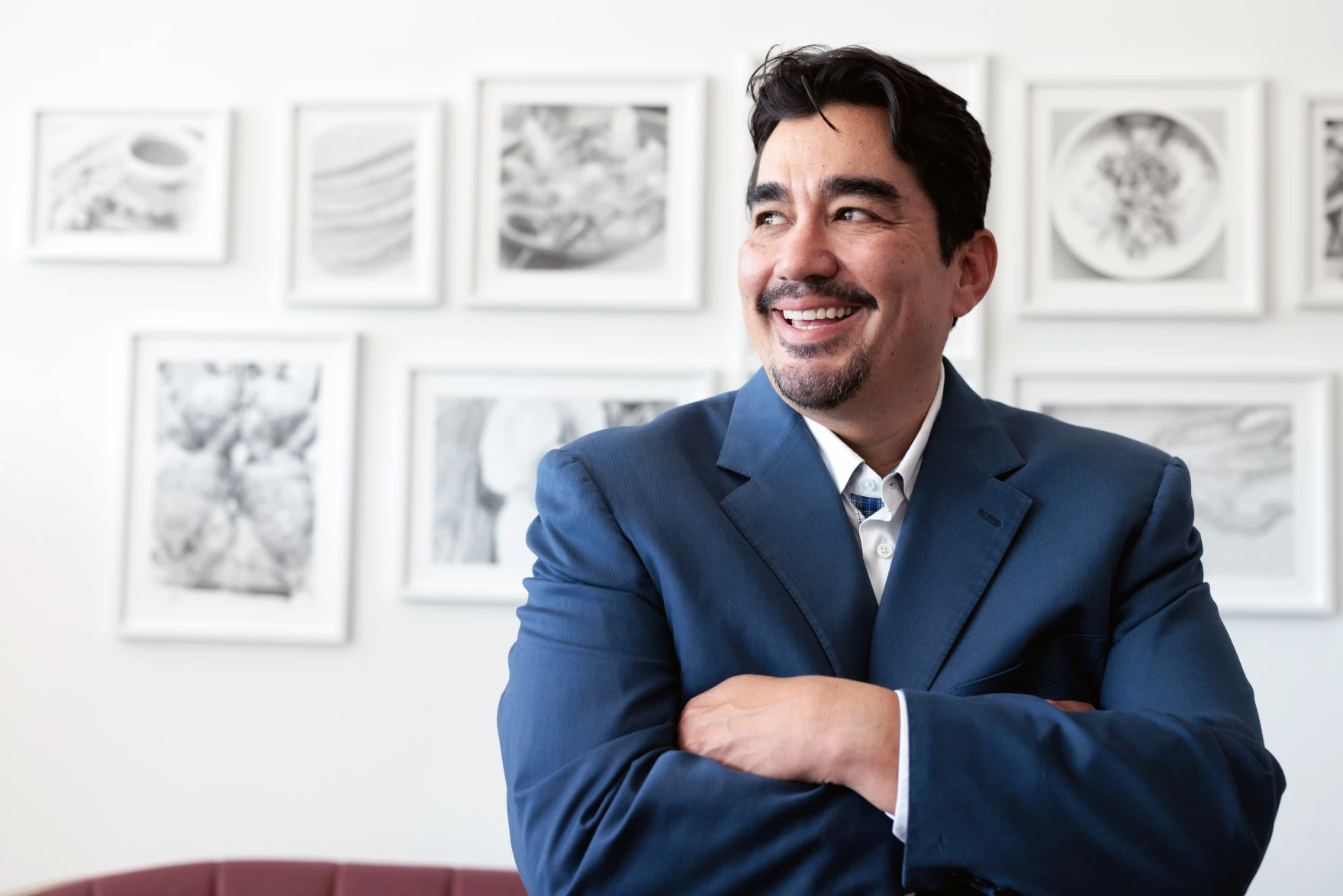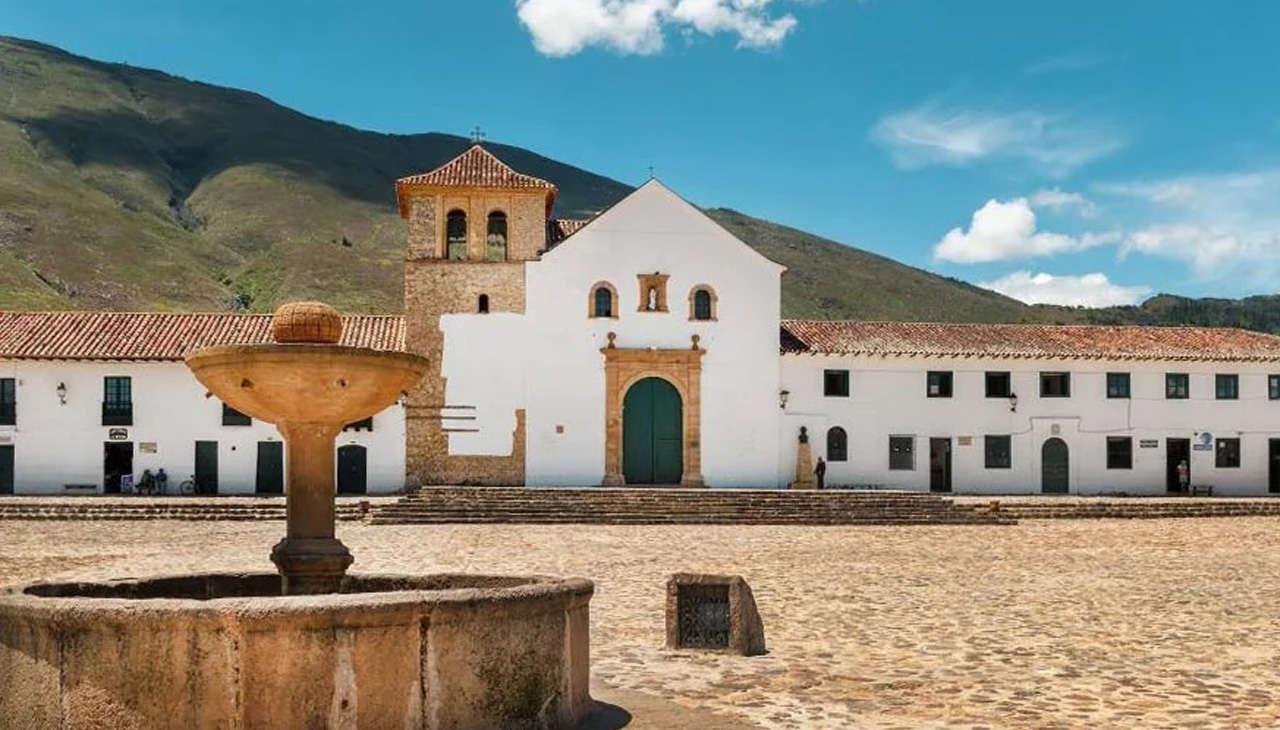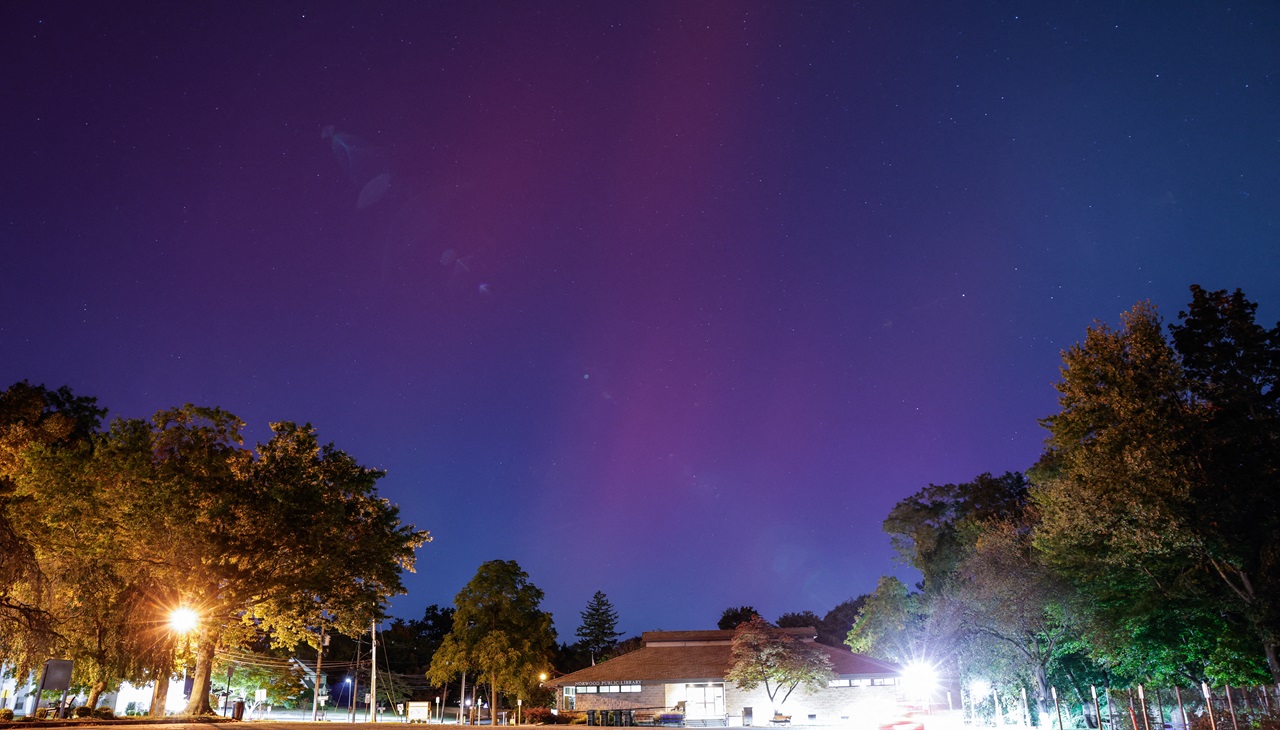
The Spanish 'half-man' who stopped Cartagena from becoming British
Blas de Lezo was a Spanish sailor who commanded the Navy in Cartagena in the last years of his life.
Blas de Lezo y Olavarrieta, born in Spain in 1689, joined the Navy at 15 when he participated in the naval battle fought off the coast of Malaga in the Summer of 1704 between a Bourbon fleet and an Anglo-Dutch squadron during the War of the Spanish Succession.
In that combat, Blas de Lezo had to have his left leg amputated after it was maimed by a cannonball. Shortly after, in 1707, in another battle fought at the naval base of Toulon against the English, a piece of shrapnel damaged his left eye. In the siege of Barcelona, one of the last episodes of the War of Succession, he suffered a third wound that left his right arm useless. After becoming lame, and losing an eye and hand, Blas de Lezo became known as 'Admiral Patapalo' or the 'Half-man.'
In 1737, he returned to America as commander general of Cartagena, a place he defended from attacks by English Admiral Edward Vernon.
RELATED CONTENT
Cartagena was the center of American trade and where the riches of the Spanish colonies converged. The British, keen to conquer the territory, took advantage of an affront to their empire to try to take the city. The pretext was an assault on a British ship owned by a British smuggler, the Rebecca, which was seized in April 1731 by the Spanish coast guard and had its cargo confiscated.
The British assembled a formidable fleet never seen before under the command of Vernon. The armada consisted of 195 ships, 3,000 cannons and some 25,000 sailors supported by 4,000 American soldiers. In 1741, the defense of Cartagena did not exceed 3,000 men, 600 Indians, plus the seamen and marine infantry on the six warships stationed in the city.
After hard battles, Vernon left the waters of Cartagena defeated with about 5,000 dead Englishmen, according to official data. The shame was so great for the country that measures were taken to censor the defeat: King George II prohibited any kind of publication about the battle.
After the great victory, Blas de Lezo died on Sept. 7 in physical and moral pain. The viceroy had blamed him for the disasters of the siege. However, he later received the deserved recognition of the Crown and his eldest son was granted the title of Marquis of Ovieco in 1762.
Two centuries later, on Sept. 7, 1955, a statue donated by the Spanish government was erected in Cartagena as a tribute to Blas de Lezo. Today, the statue can be found at the foot of the Castle of San Felipe de Barajas.











LEAVE A COMMENT: